English Key with Continental Coronet
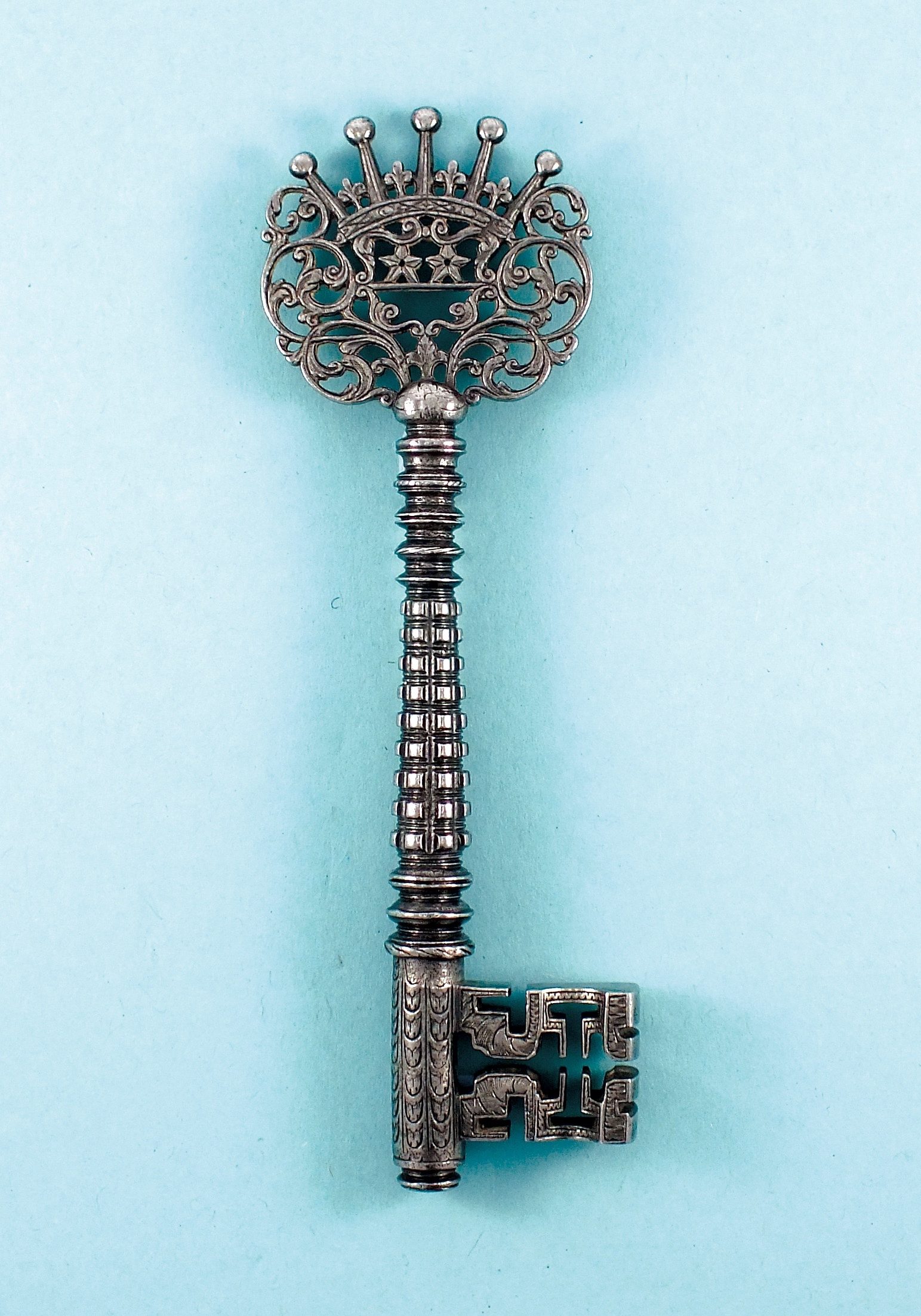
Materials: Steel.
Dimensions: height 14 cms.
Place of Origin: England.
Date: c 1710.
Maker: unknown.
Present Location: private collection.
Explanation:
This finely engraved, early 18th century key, whose pierced bow takes the form of an armorial device, is typical of English design and workmanship of the period. The coronet appears to be Continental, but since English craftsmen were noted for their great skill, the key would probably have been made to order in England.
The French cabinetmaker André-Charles Boulle, best known for his brass and tortoiseshell marquetry work, had a workshop in the Palace of Versailles at the end of the 17th and beginning of the 18th century. He so admired the workmanship of the English key-maker that he had a drawer filled with their products.
The identity of the Continental nobleman, for whom this particular key was made, is yet to be determined. Any comment regarding the heraldic design of the key would be greatly appreciated.
Reference:
‘The Lure of the Key’, page 78, by William Wallace. Published by Unicorn Publishing Group (2016)
ISBN 10: 1910787256 ISBN 13: 97819107872502016

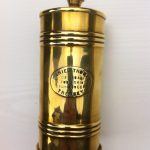
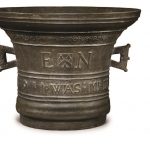
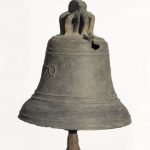
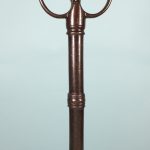

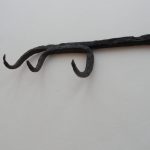
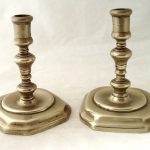
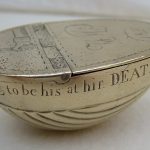
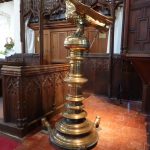
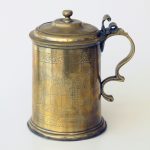
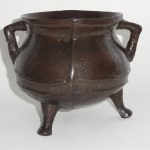
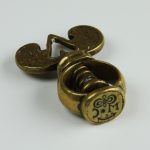
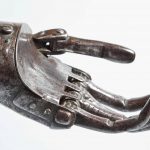
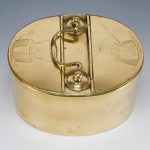
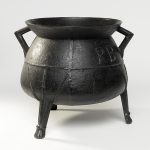
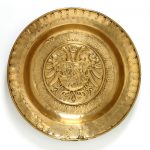
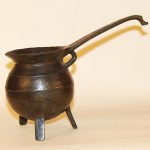
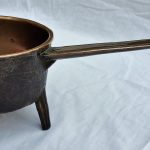
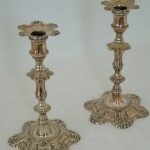
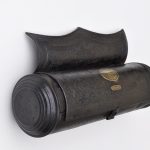

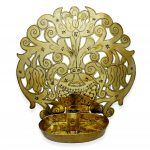
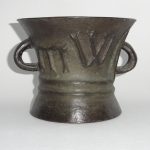
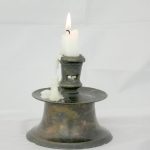
The style of the coronet could well be English; it resembles that of an Earl which is always represented heraldically with silver balls mounted on long stalks interspersed with leaves.